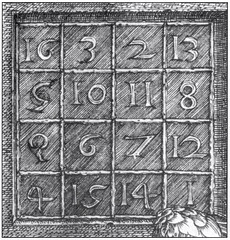
There are good Swedes and bad Swedes. The good ones build a three-ton straw goat every Christmas, and the bad ones try to burn it down. This has happened almost every year since 1966, when the first goat went up in flames on New Year’s Eve. The forces of good have brought in police guards, webcams, soldiers, volunteers, and dogs, but the bad guys have usually won. In 1976 the goat was even run over by a car.
What all this means is a question for sociologists, but it’s become a local industry. In 1988 English bookmakers began laying odds on the goat’s prospects, and now “goat committees” stock up on flame retardant and extra straw. They’re up against a tough foe, though: In 40 years of struggle, only four arsonists have been caught.





